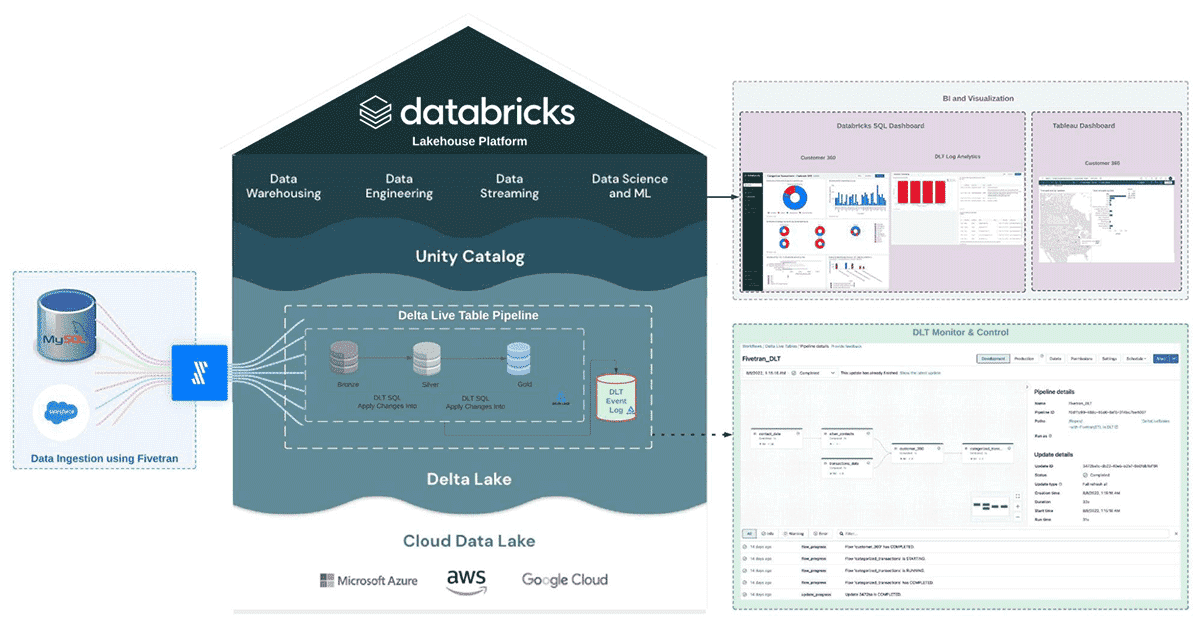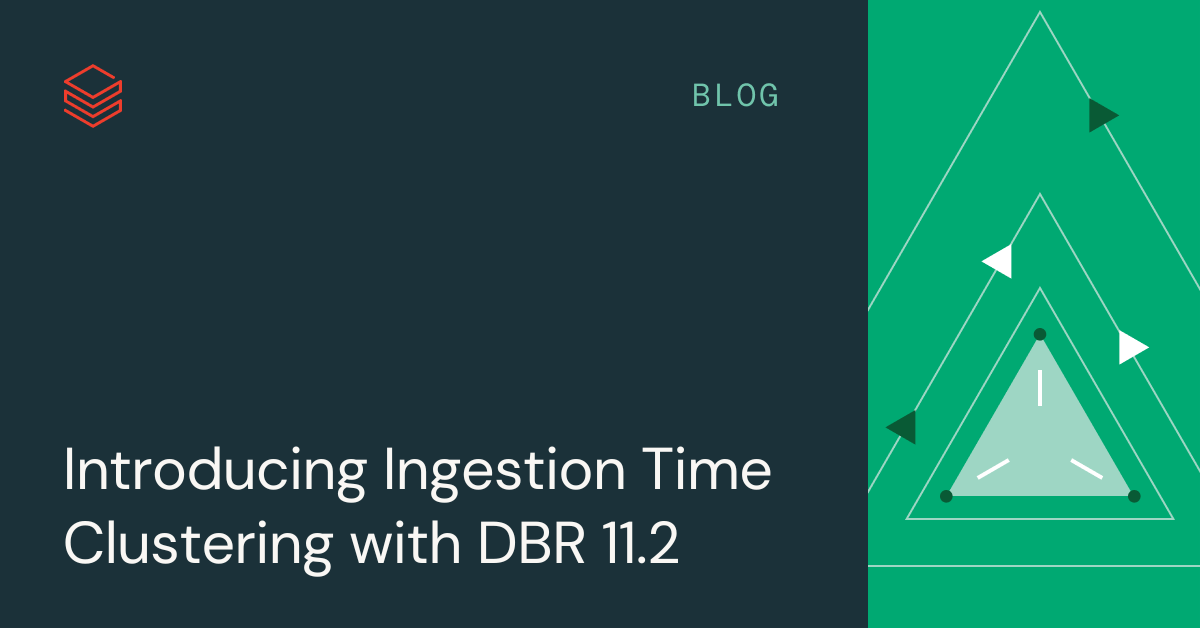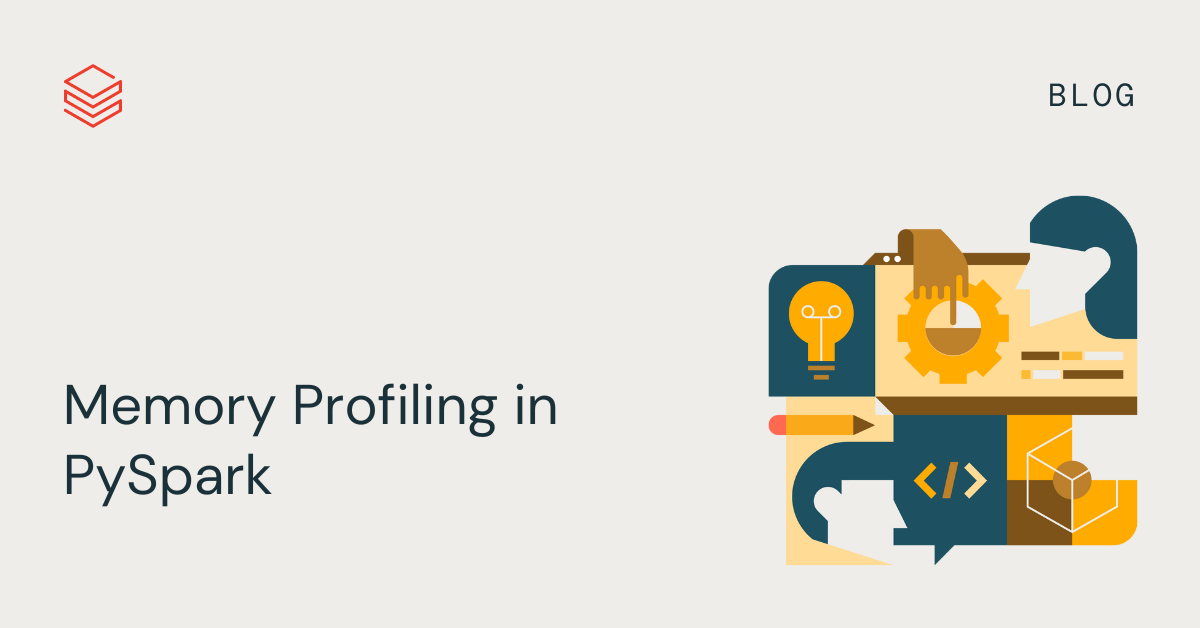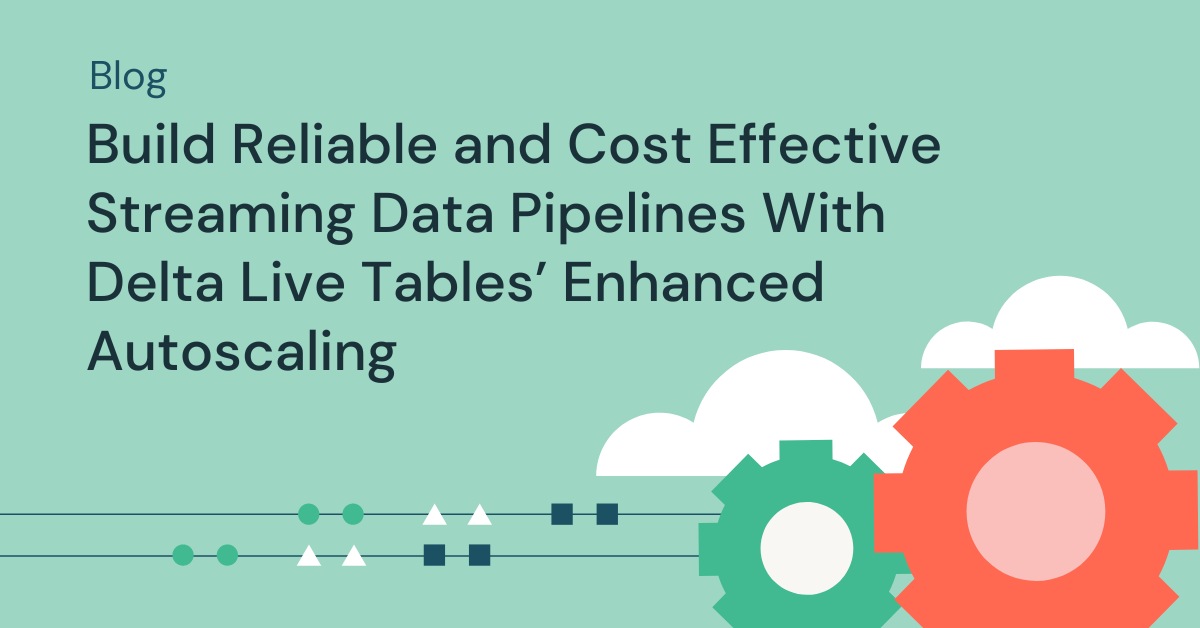Build a Customer 360 Solution with Fivetran and Delta Live Tables
The Databricks Lakehouse Platform is an open architecture that combines the best elements of data lakes and data warehouses. In this blog post, we’ll show you how to build a Customer 360 solution on the lakehouse, delivering data and insights that would typically take months of effort on legacy platforms. We will use Fivetran to […]
Continue Reading








